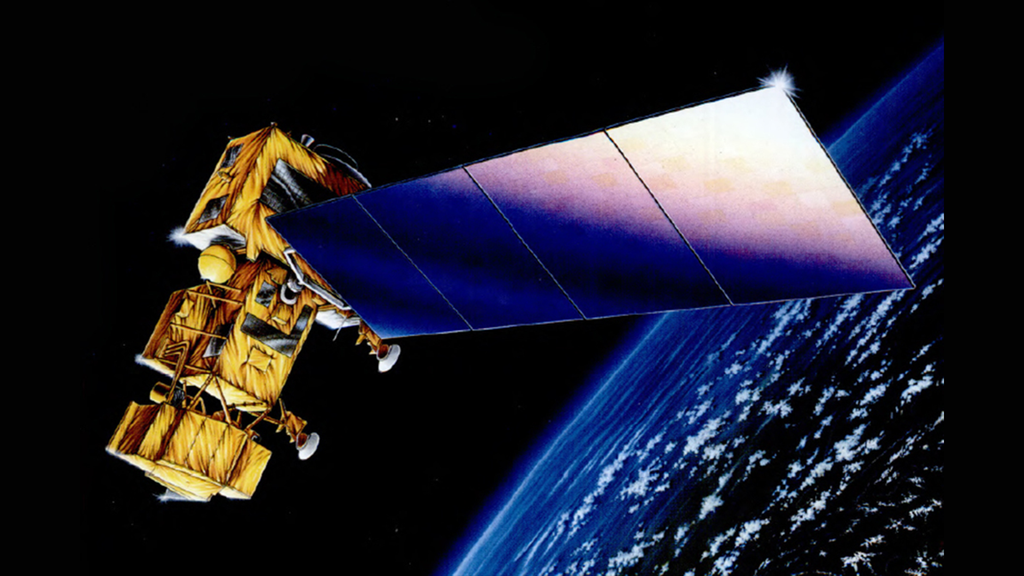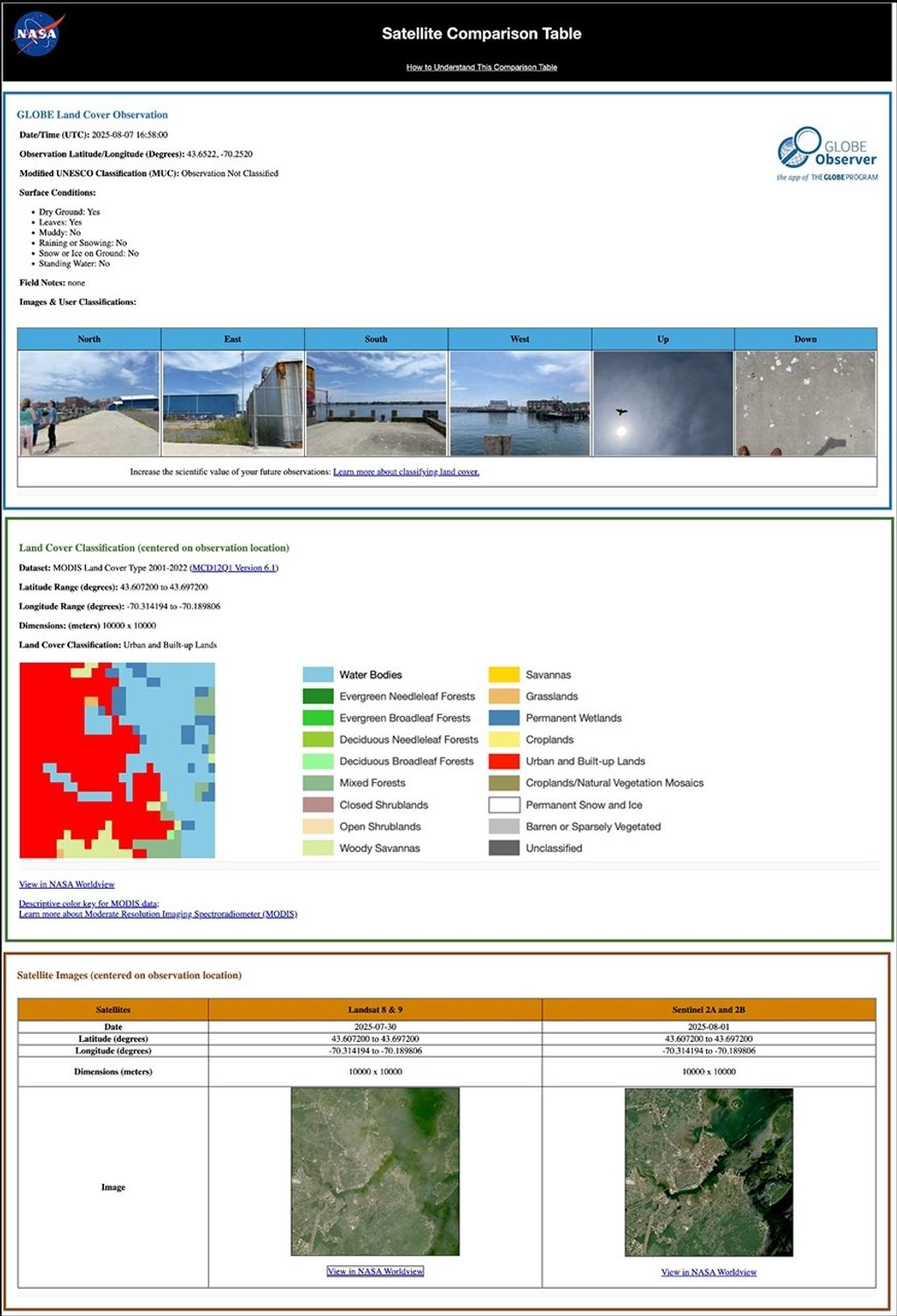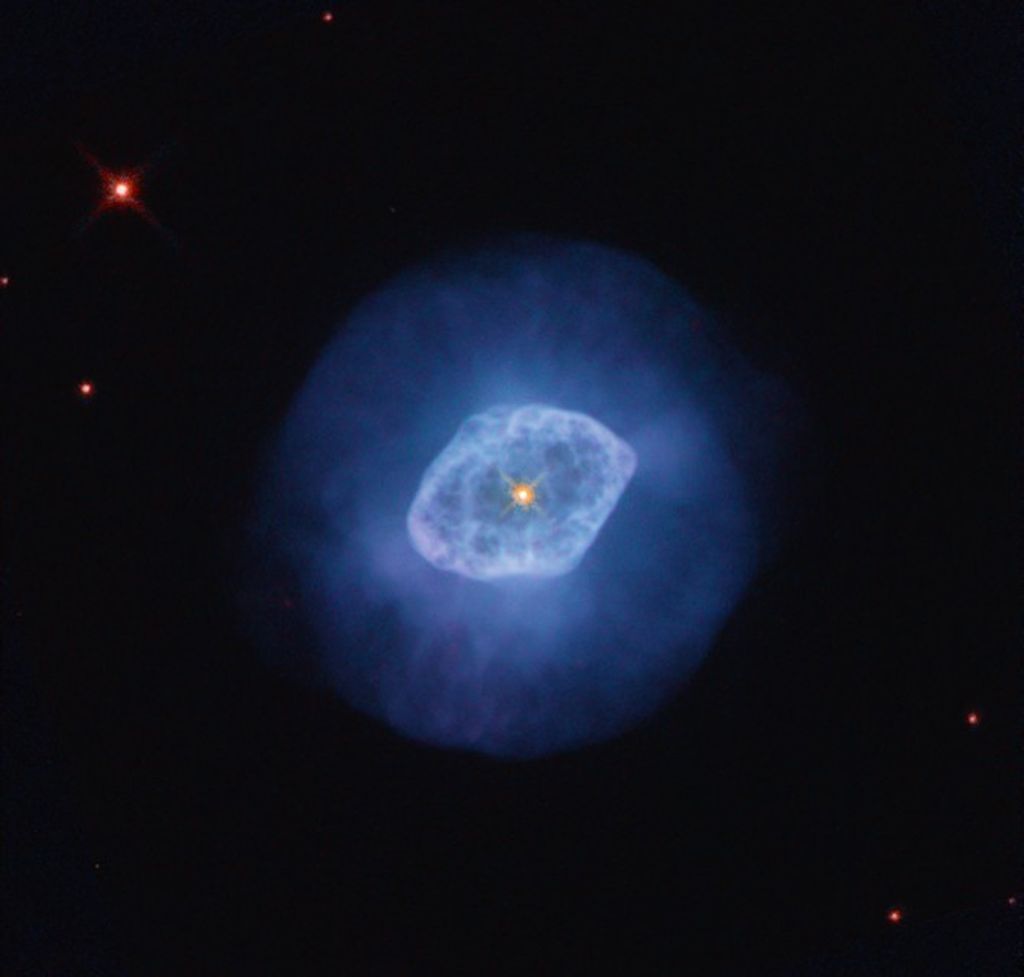1 min read
Stars’ Orbits in Wolf-Rayet 140 (Visualization)
When the two massive stars in Wolf-Rayet 140 swing past one another, their winds collide, material compresses, and carbon-rich dust forms. The stronger winds of the hotter Wolf-Rayet star blow behind its slightly cooler (but still hot) companion. The stars create dust for several months in every eight-year orbit.
- Release DateJanuary 13, 2025
- Science ReleaseWebb Watches Carbon-Rich Dust Shells Form, Expand in Star System
- CreditAnimation: NASA, ESA, CSA, Joseph Olmsted (STScI)
Related Images & Videos

Compare Observations of Wolf-Rayet 140 (MIRI Images)
Watch dust move in space! Compare the two mid-infrared images taken by the James Webb Space Telescope of Wolf-Rayet 140, a system of dust shells ejected by two massive stars that are in an elongated orbit. Look to the top right of the first two images. Two triangles are matched...
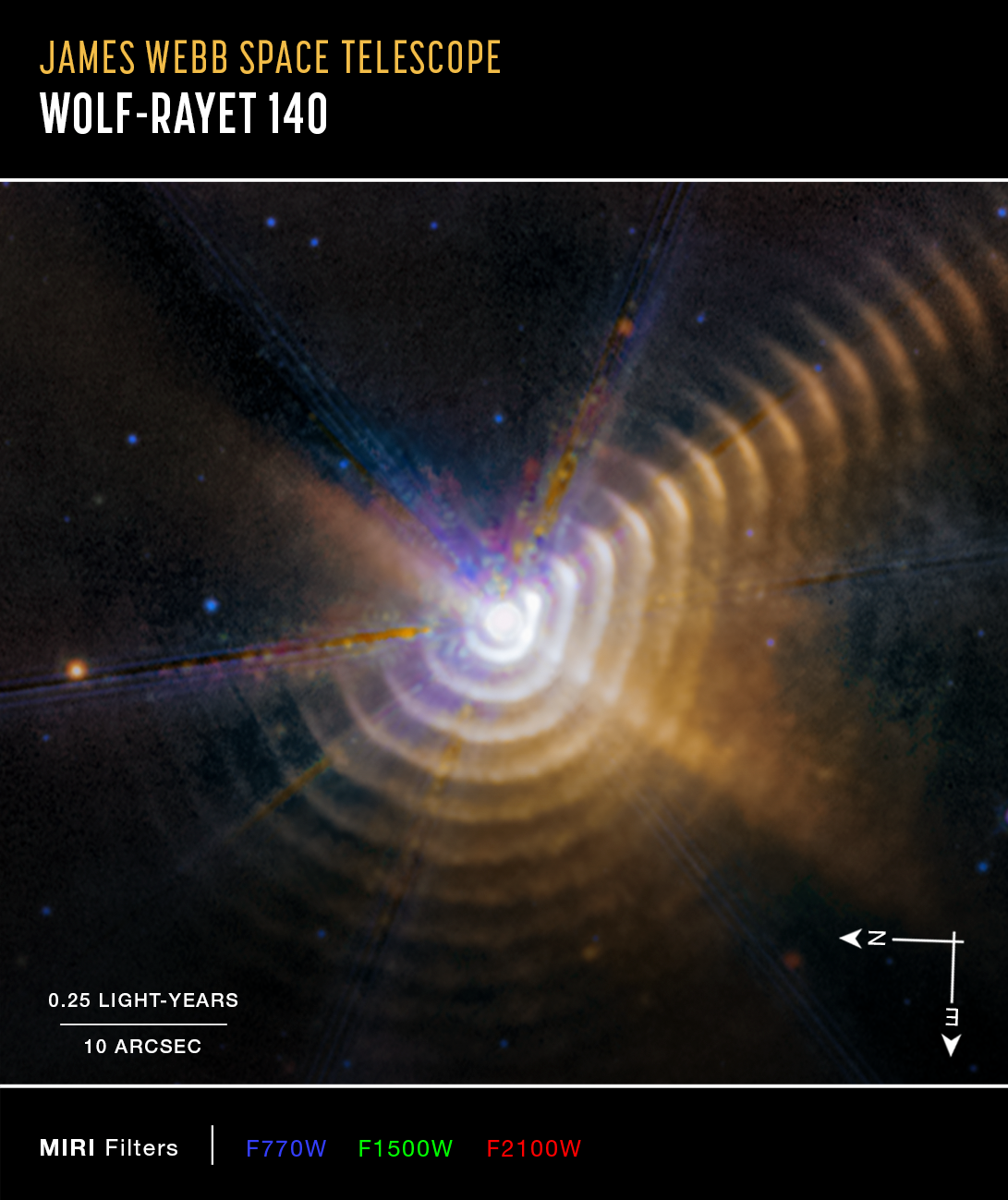
Wolf-Rayet 140 (MIRI Compass Image)
This 2023 image of Wolf-Rayet 140, a system of dust shells ejected by two massive stars at the center, was captured by the James Webb Space Telescope’s MIRI (Mid-Infrared Instrument). The image shows a scale bar, compass arrows, and color key for reference. The scale bar is...
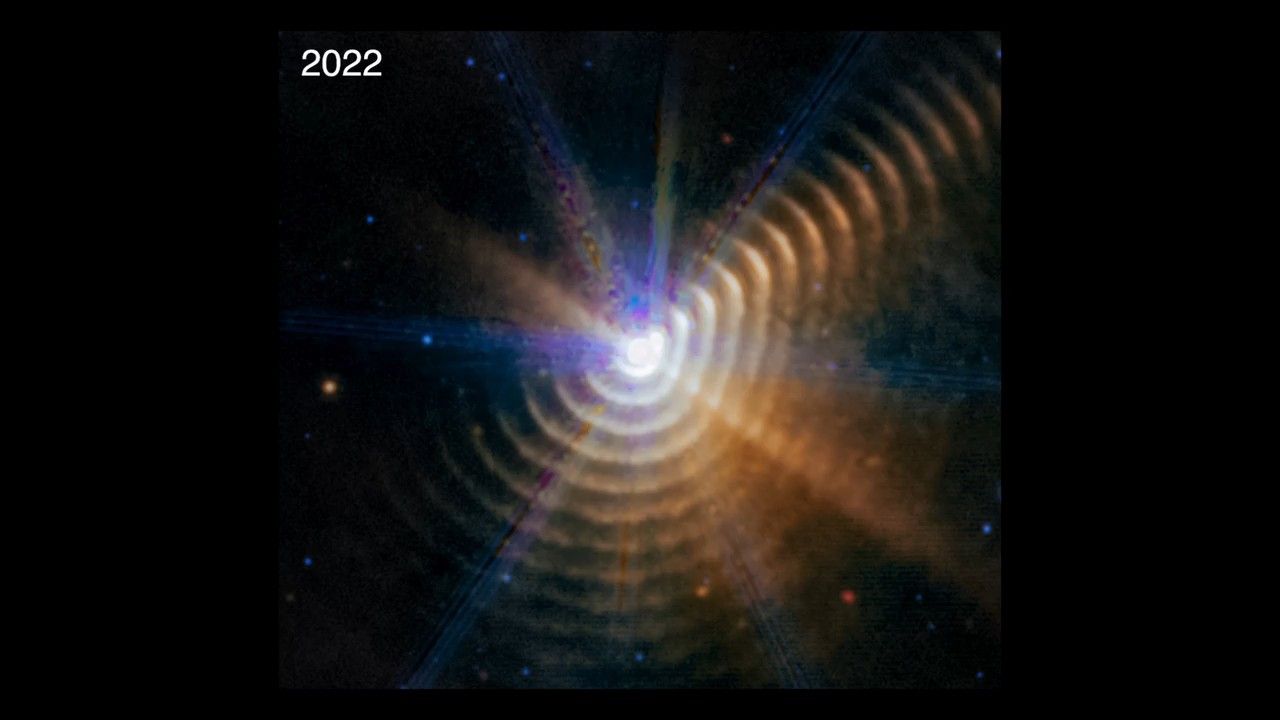
Fade Between 2022 and 2023 Observations of Wolf-Rayet 140
This video alternates between two James Webb Space Telescope observations of Wolf-Rayet 140, a two-star system that has sent out more than 17 shells of dust over 130 years. Mid-infrared light observations highlight them with excellent clarity. By comparing this pair of...
Share
Details
Laura Betz
NASA’s Goddard Space Flight Center
Greenbelt, Maryland
laura.e.betz@nasa.gov
NASA, ESA, CSA, Joseph Olmsted (STScI)









